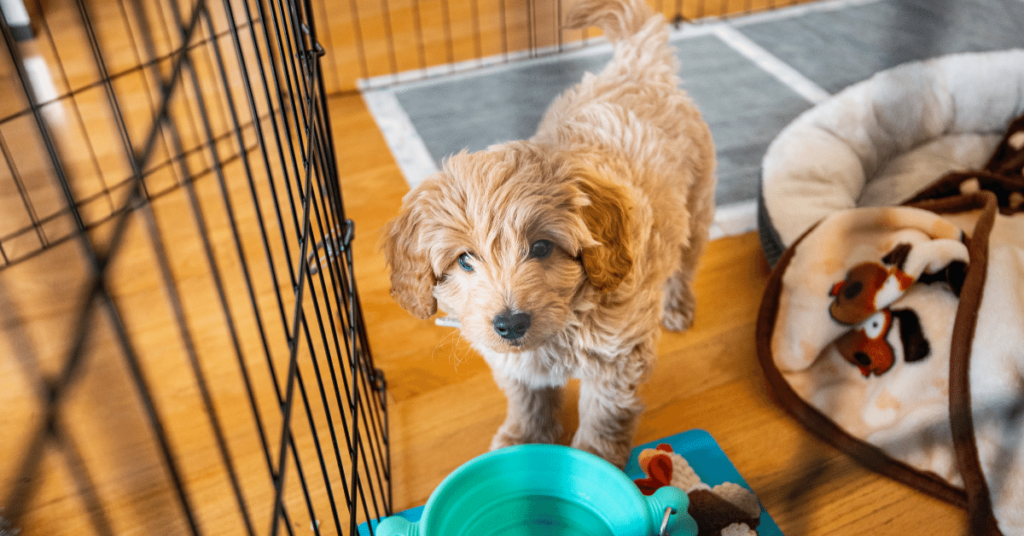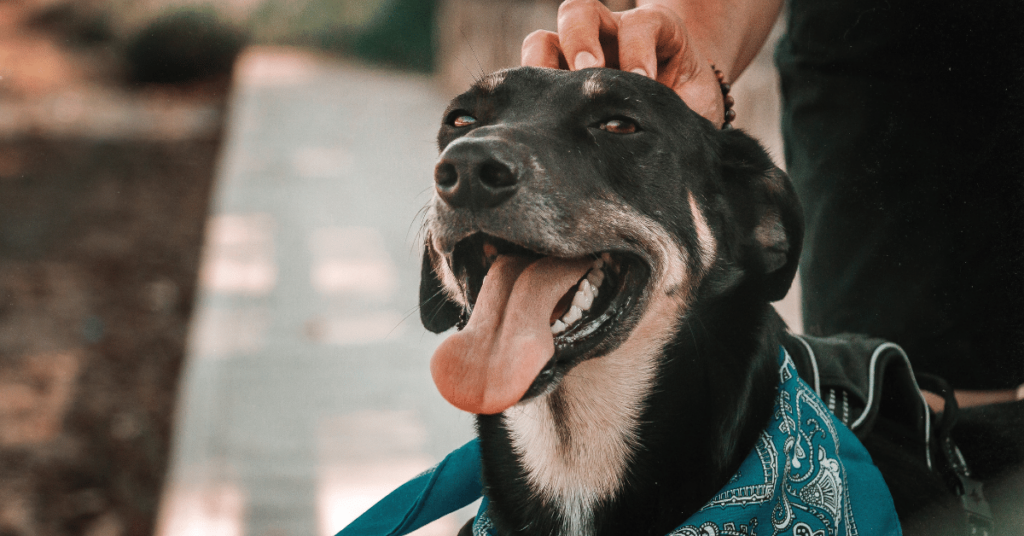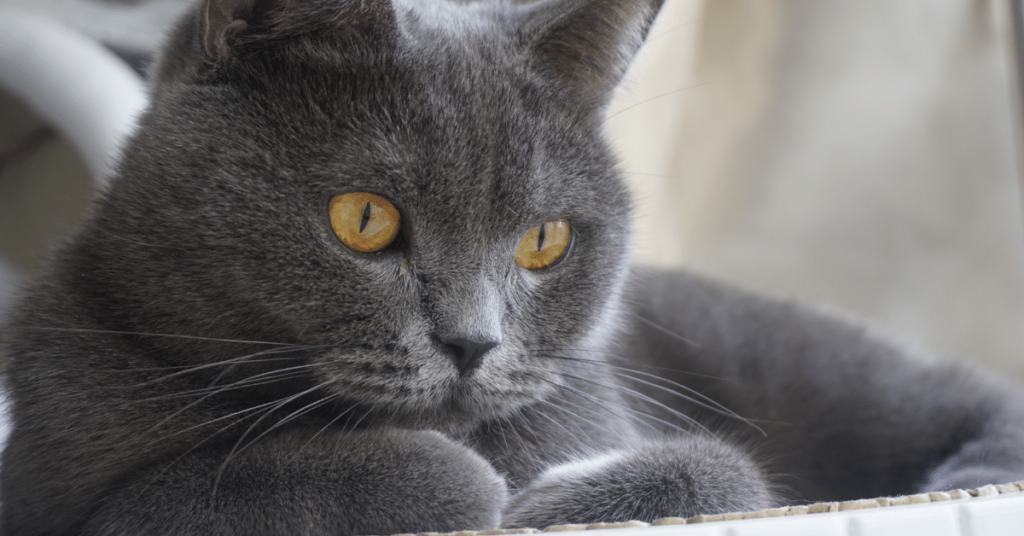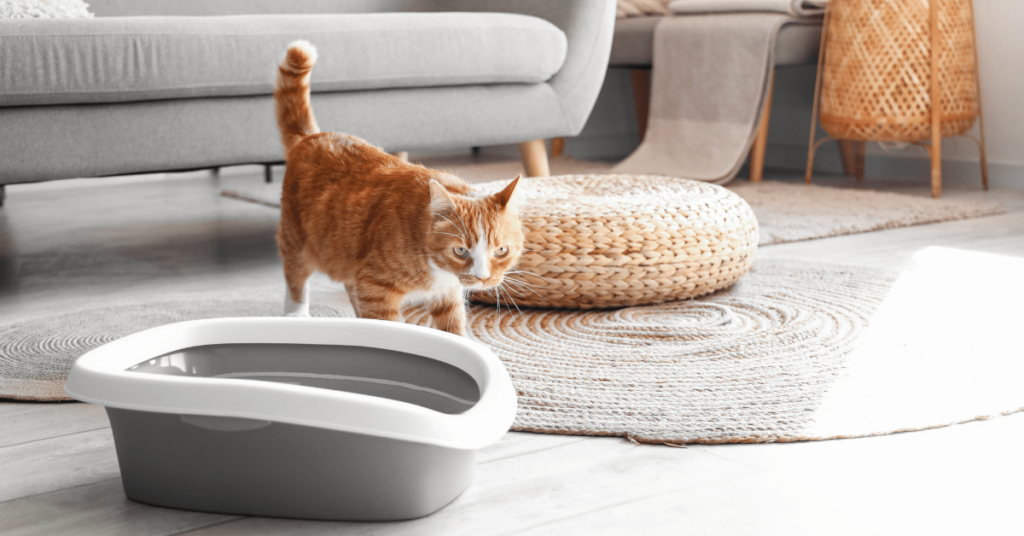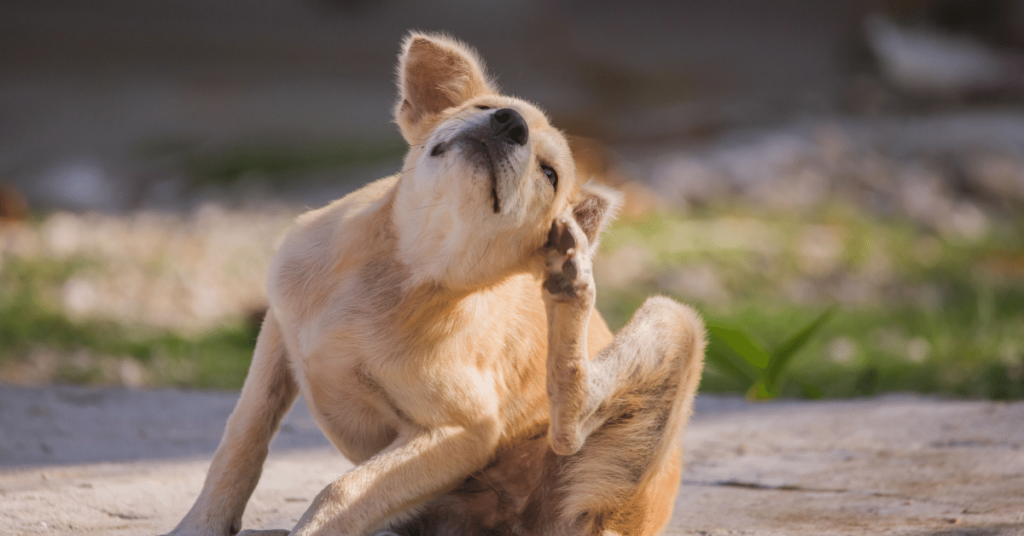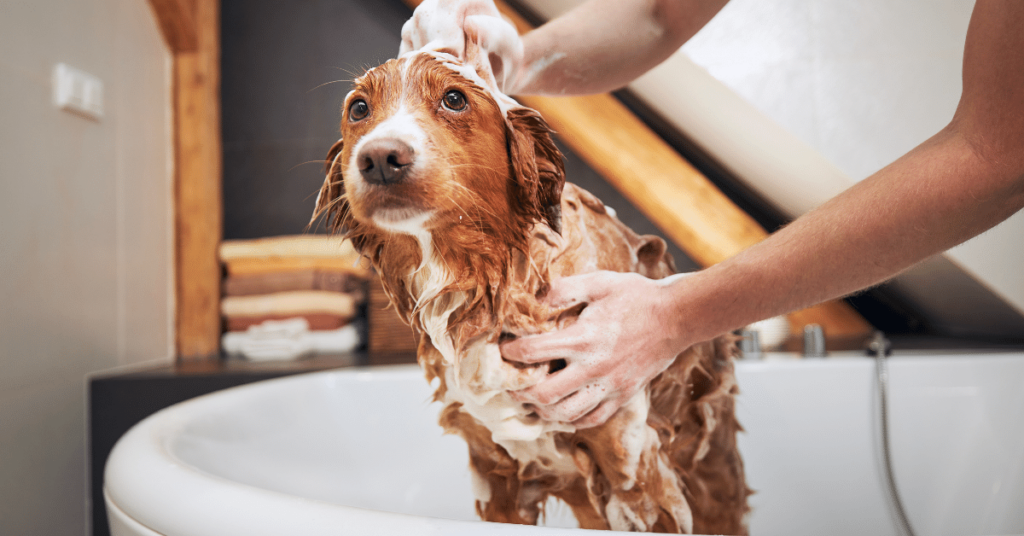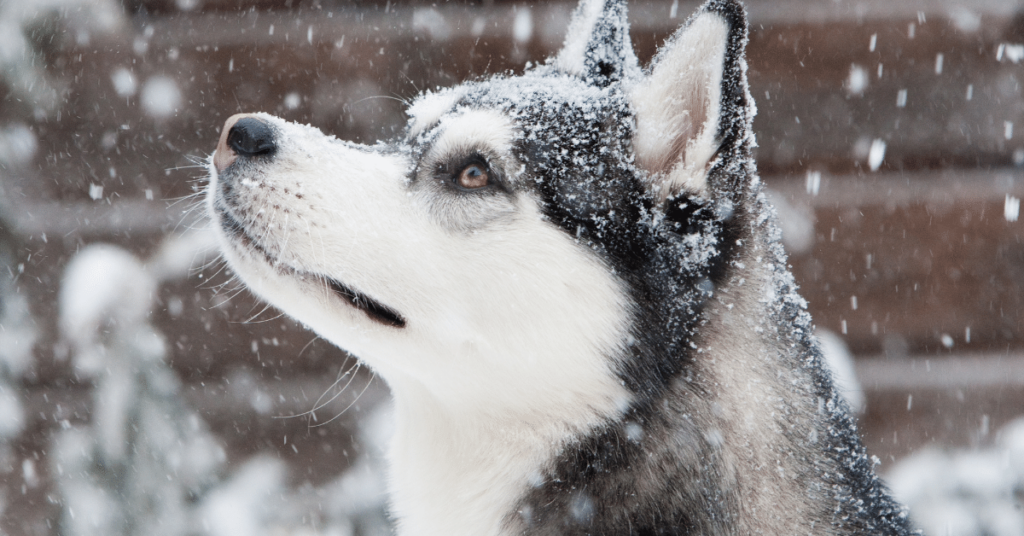Potty training can be a challenging task, but with the right strategies and a little bit of patience, you can teach your pet to do their business in the appropriate place. House training is an essential skill that every pet owner should focus on, regardless of the type of animal they have. In this article, we will explore some practical tips and expert advice to help you achieve successful potty training with your furry companion.
Understanding the Basics
Before we delve into the tips and techniques of potty training, it’s crucial to understand the basics. Just like humans, animals have the instinct to keep their sleeping and eating area clean. Use this natural instinct to your advantage when house training your pet. By teaching them to associate specific locations or behaviors with potty time, you can effectively train them to eliminate in the desired spot.
Consistency is Key
Consistency is vital when it comes to potty training. Establish a routine and stick to it. Take your pet out for a bathroom break first thing in the morning, after meals, and before bedtime. By maintaining a consistent schedule, your pet will learn to anticipate these designated potty times and will be more likely to eliminate in the appropriate area.
Positive Reinforcement
Positive reinforcement is a powerful tool in potty training your pet. Whenever your furry friend successfully uses the designated potty area, be sure to reward them with praise, treats, or a favorite toy. By associating potty time with positive experiences, your pet will be motivated to repeat the behavior. Remember, patience and consistency are key when it comes to reinforcement.
Supervision and Crating
To prevent accidents and encourage successful potty training, it’s essential to supervise your pet closely, especially during the initial stages. Keep them within eyesight, and if you notice any signs that they need to go, immediately guide them to the designated spot. Crate training can also be an effective tool in potty training. Dogs naturally avoid soiling their sleeping area, so a crate can provide them with a safe space to rest when unsupervised. Be sure that the crate is appropriately sized and comfortable for your pet to avoid any negative associations.
Accidents Happen
Accidents are bound to happen during the potty training process. It’s crucial not to scold or punish your pet for these mishaps, as it can lead to fear and confusion. Instead, calmly clean up the mess and reinforce the positive behavior whenever they use the proper area. Remember, patience is key. It takes time for your furry companion to understand what is expected of them.
Problem-Solving Approaches
If your pet is struggling with the potty training process, consider these problem-solving approaches:
- Increased supervision: If your pet is having accidents, increase your supervision to prevent mistakes and guide them to the appropriate spot.
- Schedule adjustment: Evaluate your pet’s schedule and ensure that you are providing enough opportunities for them to eliminate.
- Restricted access: Limit your pet’s access to certain areas of the house until they have learned proper potty behavior.
- Consultation with professionals: If your pet continues to face challenges, seeking guidance from a professional trainer or behaviorist can be beneficial.
Summary
Potty training can be a frustrating process, but with patience, consistency, and positive reinforcement, you can successfully teach your pet to use the designated potty area. Remember to understand the basics, establish a consistent routine, and use positive reinforcement to motivate your furry companion. Accidents may happen, but handling them calmly and problem-solving when needed will lead to potty training success.

